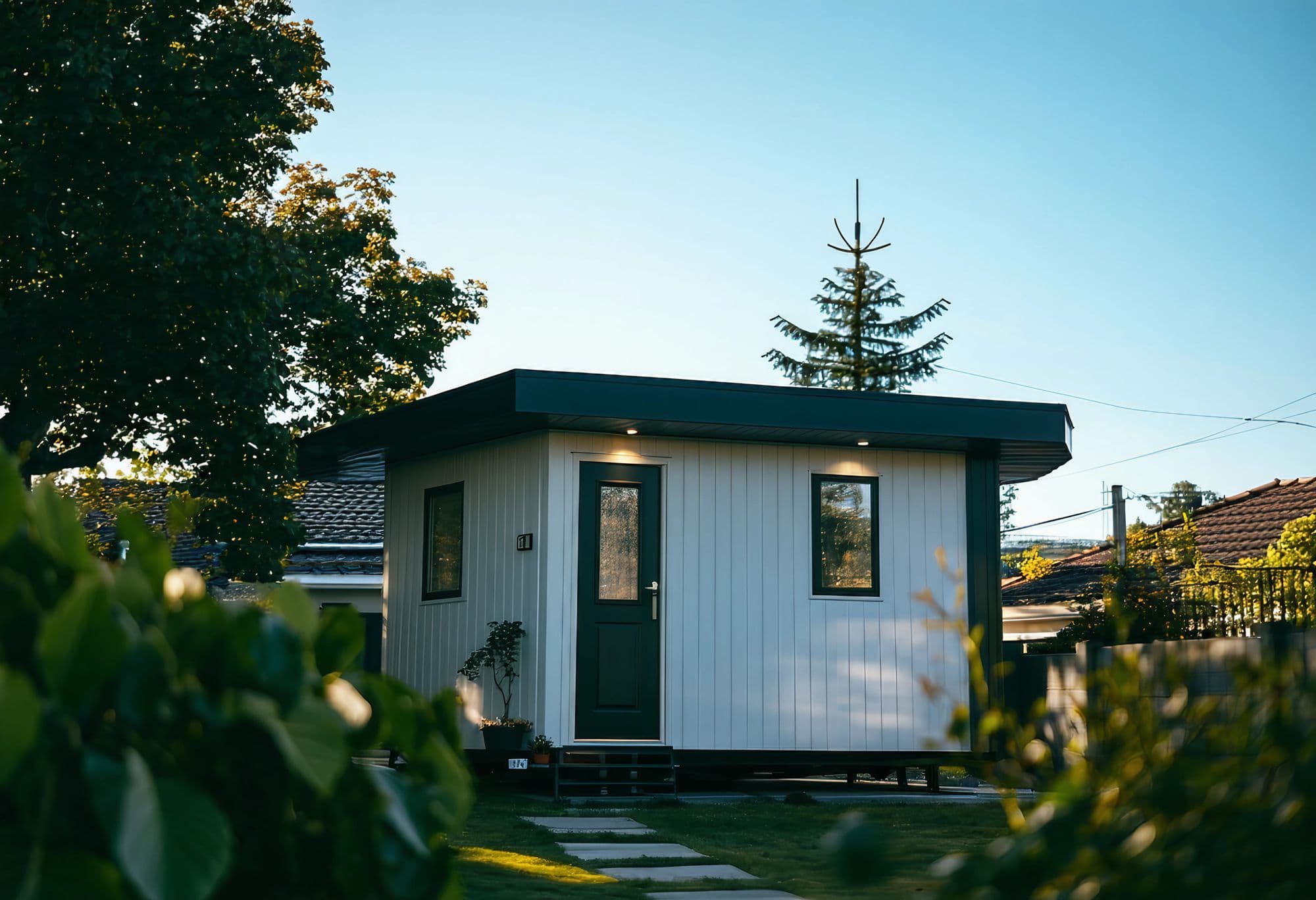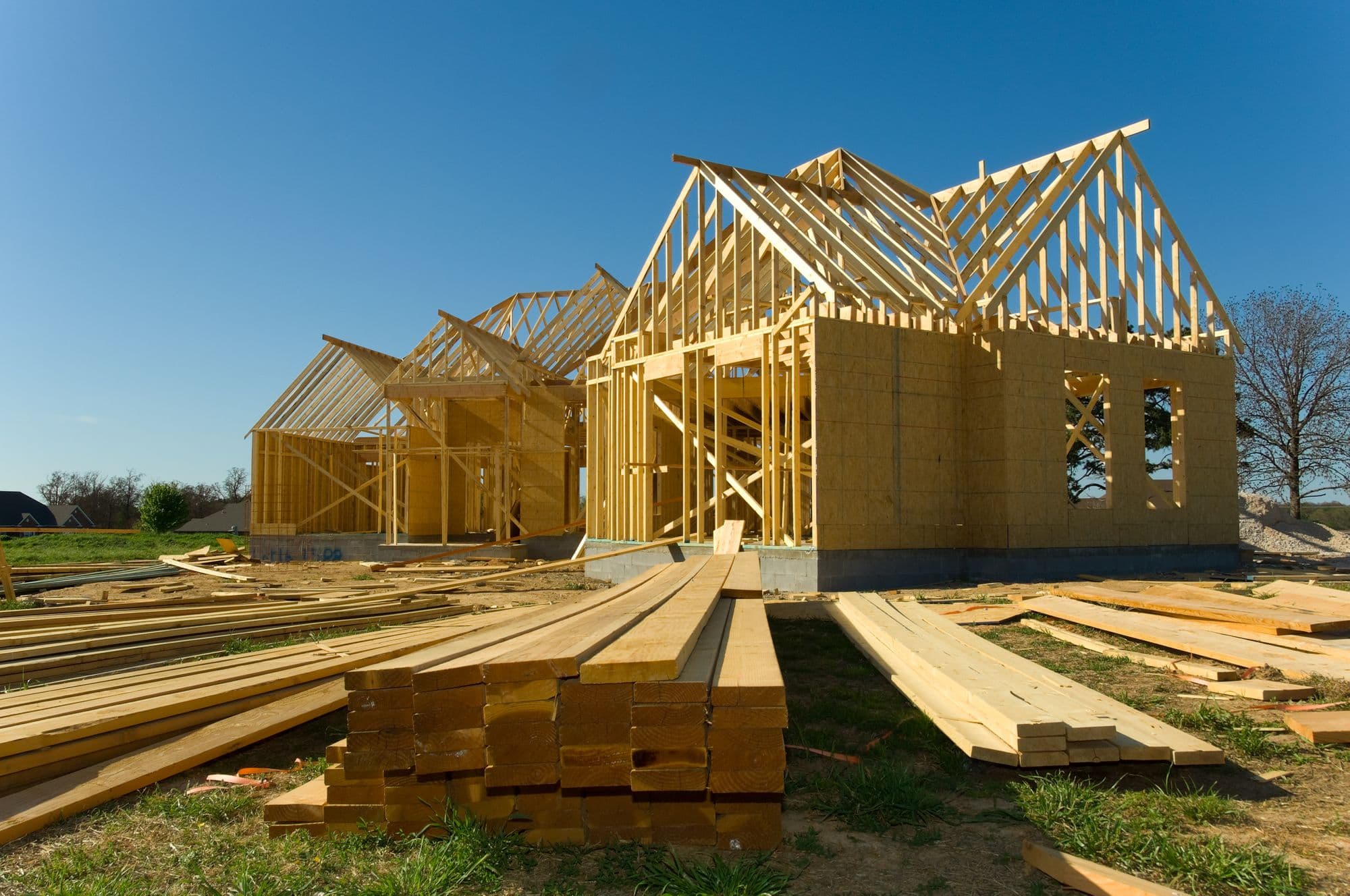What is an ADU? Accessory Dwelling Unit Guide (2025)

Accessory Dwelling Units (ADUs) are becoming a popular solution for homeowners looking to add more living space, generate rental income, or house extended family members. As housing prices continue to rise, ADUs offer an affordable and efficient way to maximize property value. But what exactly is an ADU, how much do they cost, and how do you go about building one?
This guide covers everything you need to know about ADUs in 2025, including their benefits, costs, financing options, and legal requirements.
What is an ADU?
An Accessory Dwelling Unit (ADU) is a secondary housing unit located on the same property as a primary residence. These units can be either attached to the main home or built as a separate structure. ADUs go by various names, including granny flats, in-law suites, backyard cottages, or carriage houses.
Types of ADUs
1. Detached ADUs: A separate structure, typically built in a backyard.
2. Attached ADUs: An extension of the primary home, often a converted garage or basement.
3. Interior ADUs: A repurposed space within the main house, such as a basement or attic.
4. Garage Conversion ADUs An existing garage that has been transformed into a living unit.
5. Above-Garage AADUs: A unit built on top of an existing garage.
ADUs are self-contained, meaning they usually include a kitchen, bathroom, living area, and separate entrance.
What Are ADUs Used For?
Homeowners build ADUs for several reasons, including:
1. Rental Income
ADUs provide a lucrative passive income stream. Homeowners can rent out the unit on a long-term basis or use it as a short-term vacation rental (depending on local regulations).
2. Housing for Family Members
Many homeowners build ADUs to house elderly parents, adult children, or extended family members who need affordable and independent living arrangements.
3. Home Office or Studio Space
With the rise of remote work, ADUs have become popular as home offices, creative studios, or workspaces separate from the main residence.
4. Guest Accommodations
ADUs provide a private space for guests, friends, or visiting relatives without disrupting the main household.
5. Property Value Boost
Adding an ADU can increase property value and make a home more appealing to future buyers.
How Much Does an ADU Cost?
The cost of building an ADU varies based on size, materials, location, and labor costs. Here’s a general breakdown of average ADU costs in 2025:
Cost of Building an ADU
Factors Affecting Cost
• Permits & Fees: Local building regulations can add $10,000-$30,000.
• Utilities & Infrastructure Connecting plumbing, electricity, and HVAC may increase costs.
• Materials & Design: Custom finishes and high-end materials can drive up expenses.
• Labor Costs: Construction costs depend on local labor market rates.
Ways to Reduce ADU Costs
• DIY some portions of the project (if legally allowed).
• Use prefabricated or modular ADUs, which are often cheaper.
• Look for local grants or ADU-friendly financing programs.
How to Build an ADU: Step-by-Step Guide
If you’re considering adding an ADU to your property, here’s a general roadmap to get started:
1. Check Local ADU Regulations
Before making plans, research your city’s zoning laws and building codes. Some areas have strict height limits, size restrictions, or rental regulations.
2. Determine Your Budget & Financing
Building an ADU requires capital. Consider these financing options:
• Home Equity Loan or HELOC:Using your home’s equity for funding.
• ADU Grants & Incentives: Some cities offer financial assistance for ADU projects.
• Construction Loans: Short-term loans designed for home improvement projects
3. Design Your ADU
Work with an architect or ADU specialist to create a functional and efficient layout. Consider:
• Size & Layout: Keep it compact but livable.
• Energy Efficiency: – Use sustainable materials and solar panels.
• Accessibility – If planning for elderly residents, include wider doors and no-step entry
4. Get Permits & Approvals
Apply for the necessary building permits and zoning approvals. This process can take several months, depending on your location.
5. Hire Contractors & Build
Choose a reputable contractor with ADU experience. If you’re considering a prefabricated ADU, it can be built offsite and installed in your backyard, saving time and money.
6. Connect Utilities & Pass Inspections
Ensure your ADU is properly connected to water, sewage, electricity, and internet. Your city will require final inspections before approving the unit for occupancy.
7. Rent, Move-In, or Use as Needed
Once completed, decide whether to rent out the unit, use it as a guest space, or house family members.
Pros and Cons of ADUs
Final Thoughts
ADUs are a smart investment for homeowners looking to maximize property value, generate rental income, or accommodate family members. While the costs and regulations can be challenging, the benefits often outweigh the challenges in the long run.
If you’re considering an ADU, start by researching local zoning laws, securing financing, and designing a unit that fits your needs. Whether for rental income, personal use, or future resale value, an ADU can be a valuable addition to your property.
FAQs About ADUs
1. Are ADUs legal everywhere?
No, ADU regulations vary by state, county, and city. Some areas encourage ADU development, while others have restrictions. Always check with your local planning department before building.
2. How long does it take to build an ADU?
It typically takes 6 to 12 months to build an ADU, including planning, permitting, and construction. Prefabricated ADUs may be faster.
3. Can I rent out my ADU?
Yes, but rental rules depend on local laws. Some cities allow short-term rentals (like Airbnb), while others only permit long-term tenants.
4. Do ADUs increase property taxes?
Yes, adding an ADU can increase property taxes since it adds value to your home. However, the exact increase depends on local tax laws.
5. Can I convert my garage into an ADU?
Yes, garage conversions are a common ADU type. However, you’ll need proper permits, plumbing, and electrical connections to make it a legal dwelling.










